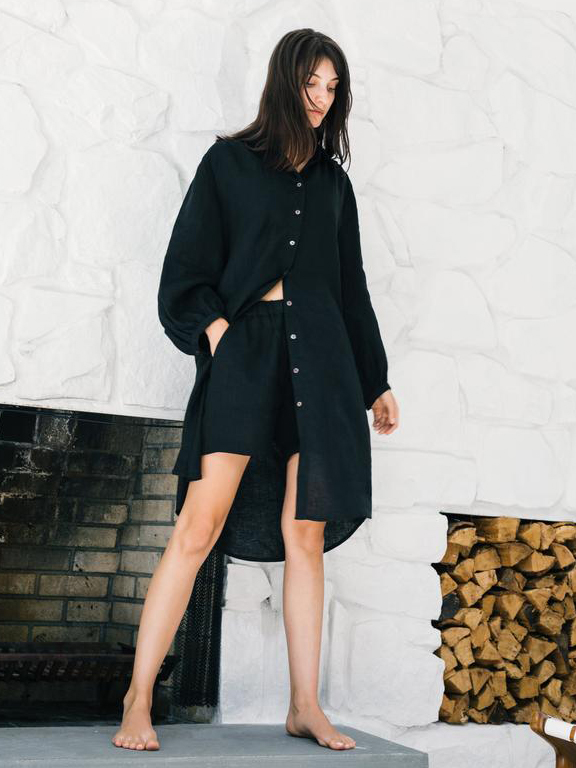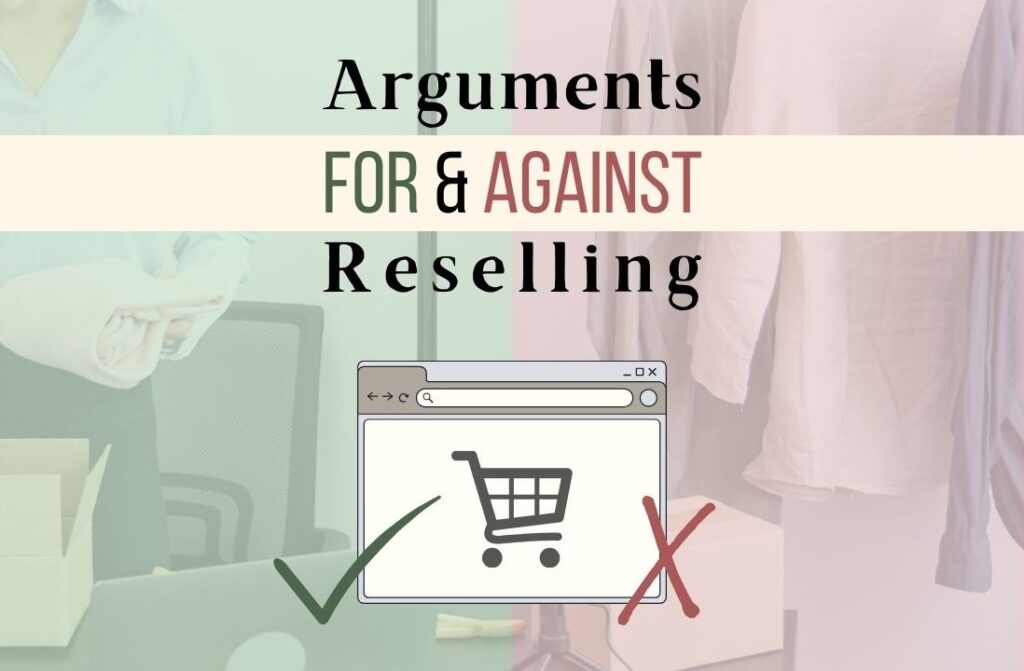A sewing machine used to be one of those appliances you could find in every household. Before ready-to-wear clothes completely took over, most of a family’s clothing was home-made. In today’s fashion industry that is filled with cheap mass-produced clothes, sewing at home is not a necessity anymore. I’m not saying we should go back to the old times and start making all of our own clothes again. I know not everyone has time to sew, not everyone would enjoy it and not everyone would be skilled at it. But I do believe even just learning about sewing and trying it out could have positive effects and reduce some of the negative impacts fashion currently has on the world. This can be indirectly by changing your attitude towards fashion, or directly by taking control over parts of the production process and thus minimizing the impact. In this article, you can read 6 ways sewing can contribute to a more sustainable fashion industry. If you are creative by nature or you have an interest in learning new skills, now might be the perfect time to try out this new hobby.
In a previous article, I wrote about 5 ways you can start dressing more sustainably. Sewing could be added to that list as number 6. Click here to read the other 5 ways (opens in a new tab). Now let’s focus on why sewing could be an eco-friendly activity.
#1. You will better understand the real value of clothes
The first reason is all about a mindset change that happens when you start making your own clothes. Fast-fashion brands that are dominating the fashion market at the moment, don’t give an accurate representation of how much clothes are worth. If you don’t know how something is made, it’s hard to imagine what would be an appropriate and fair price, so you just naturally get accustomed to the prices you see in stores. Sewing is only one part of the production process, but even just learning about that one step will make you realize fast-fashion prices are ridiculously low. You will get a better view of how much really goes into the production of clothes when you buy your own materials like fabric, buttons, thread, etc. and invest your own time to put it all together. Eventually, it will take you less effort to walk past a cheap store that you would have previously walked into immediately, because it just won’t make sense to you anymore.
#2. You will buy and throw away less
The second reason is kind of a continuation of the first, because sewing will make you appreciate and respect fashion more. Overproduction and overconsumption result in huge volumes of wasted clothing that are burned or sit in landfill for centuries. By sewing your own clothes, you’ll foster a connection with your wardrobe and realize clothes are not disposable and made to be thrown away after a few wears. If you can buy a finished clothing item in a store for the same price as a basic meal, it is easy to chuck it away when you don’t wear it anymore and buy a new item again. Surely you would be a lot more careful with something that you made yourself. Learning to sew will also allow you to take care of the things you own and extend the life of your clothes. A hole or rip doesn’t have to be a reason anymore to buy something new, because you can mend it yourself. And you can get creative with it by upcycling items you don’t wear anymore. Don’t like the length of a skirt? You can make it shorter, or even longer by attaching another piece of fabric. Did one of the buttons on your shirt come off? You can sew a new button on. It’s also really fun once you get to the point where you see something nice in a store and think: ‘I can make that myself’ and you leave it hanging.
#3. You can make custom pieces according to your own preferences and body type
The best thing about sewing, in my opinion, is that you can make whatever you want. Well, of course not right away. It will take some trial and error and practice first but once you master the skill, the sky’s the limit. You can express your individuality, rather than just wear what every other person is wearing from the same store. If you truly love the things you own, you’re less likely to succumb to fleeting fashion trends. You can craft pieces that align with your style and add a personal touch to your wardrobe, so it’s great for exploring your creativity. It’s also very practical if you have trouble finding clothes that fit you properly. The fashion industry generally works with a standardized sizing system, but our bodies are so diverse. If a garment doesn’t fit quite right, you are less likely to wear it frequently and it might keep you stuck in a continuous buying cycle in search of the perfect fit. Sewing enables you to create that perfect fit yourself, reducing the desire to constantly get new things.
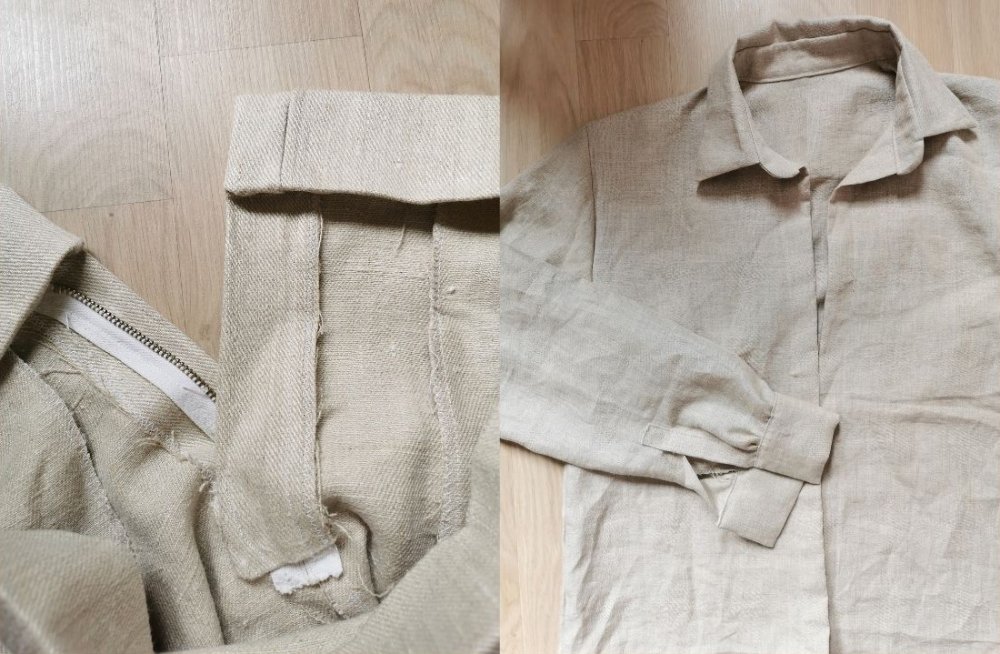
#4. You have control over the fabric waste and what is done with it
I just talked about how sewing enables you to tackle the clothing waste problem by reducing the amount of clothes you throw away, but waste is already a problem even before clothes reach your closet. A lot of waste is generated during the production process. Before clothes can be sewn, fabric is cut into pieces called patterns. Because the pieces are different shapes, there is always fabric left that is too small or too oddly shaped to use for a new clothing item. Garments also go through quality checks to make sure only good quality clothes are sent to the store. Items that don’t pass these checks are also wasted. This can be due to things like little defects in the fabric, loose threads or bad stitching. Some sustainable brands have practices in place for this and make an effort to reuse their textile waste, but the vast majority is still burned or sent to landfills. When you sew, you have complete control over what is wasted and what you do with it. After cutting fabric, you can keep all the leftover scraps in a box and use them to make smaller items like scarves, small bags, scrunchies, decorations, or maybe even baby clothes. You can also sew different scraps of fabric together and create new fabric pieces that are big enough to make new clothing items!
#5. You can reduce the environmental impact from transportation
Another big issue in the fashion industry is the amount of CO2 emitted from all the transportation. During the entire lifecycle, a clothing item makes many trips. Raw materials are shipped to a facility that will produce yarns. These are sent to a fabric manufacturer. The fabric makes its way to a sewing factory where the final product is made. This is then shipped to warehouses and customers. And depending on what customers choose to do with it, the finished garment might continue travelling all over the world. When you sew, you can skip the last few transportation steps. You buy the fabric and assemble the garment yourself. This means there is no shipping of the fabric to a sewing factory, no shipping to the company’s warehouse, and no shipping to your doorstep.
#6. You can reduce the negative social impact of the fashion industry
All the reasons I just discussed are mostly related to the impact fashion has on the environment. This last point is about another type of impact: the social impact, so the effect on people. Clothing brands are able to offer low prices for their products by reducing the production costs. A part of the budget for production goes to labour, and the fashion industry is notorious for making this as cheap as possible. Apart from not getting paid a living wage, low-cost labour also results in poor and unsafe working conditions, exploitation, child labor and denying workers their basic rights. By sewing items yourself, you know for sure it was not made by exploited and underpaid garment workers or even children. Of course more workers are involved before clothes are sewn together, like for the production of the fabric, but at least you’re taking the last step into your own hands.
Do you already sew clothes for yourself, or are you going to try? Let me know in the comments!
So now we know sewing can play a role in improving the fashion industry. Check out this article where I debunk 5 common misconceptions about sustainable fashion
